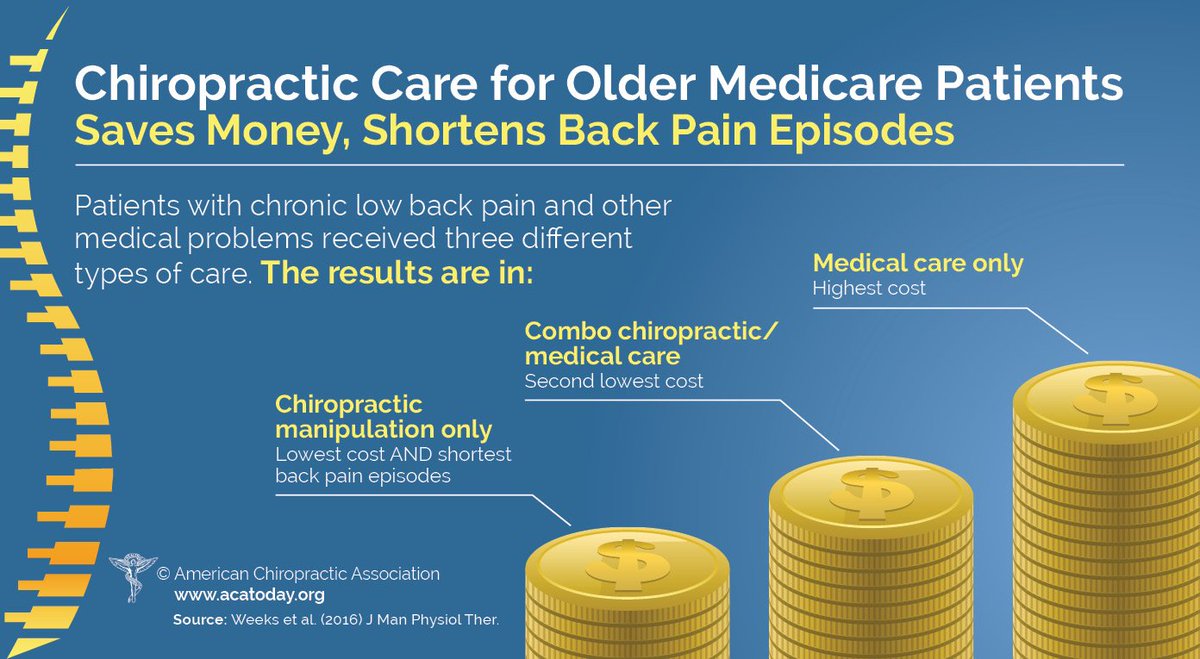Be Prepared To Untangle The Fascinating Cellular Interactions Involved In Cold Laser Treatment And Its Utilization Of Light For The Objective Of Recovery. Immerse On Your Own Even More Into The Realm Of Science!
Be Prepared To Untangle The Fascinating Cellular Interactions Involved In Cold Laser Treatment And Its Utilization Of Light For The Objective Of Recovery. Immerse On Your Own Even More Into The Realm Of Science!
Blog Article
Created By-Castro Hutchison
You may have heard of cold laser therapy as an appealing therapy choice for numerous conditions, but have you ever asked yourself just how it really services a mobile degree? Understanding the systems behind this therapy can shed light on its effectiveness in promoting recovery and minimizing inflammation. By discovering the science behind cold laser therapy, you'll obtain understandings into the remarkable methods which light can affect cellular procedures and help with cells repair.
Just How Cold Laser Treatment Functions
To recognize how cold laser treatment functions, you require to realize the essential principles of how light energy engages with organic cells. Cold laser therapy, additionally referred to as low-level laser treatment (LLLT), uses specific wavelengths of light to pass through the skin and target hidden cells. Unlike the intense lasers used in surgical procedures, cold lasers send out reduced levels of light that don't create warmth or trigger damages to the cells.
When these gentle light waves get to the cells, they're taken in by elements called chromophores, such as cytochrome c oxidase in mitochondria. This absorption triggers a collection of biological responses, consisting of increased mobile energy manufacturing and the release of nitric oxide, which boosts blood flow and reduces inflammation.
Additionally, the light energy can additionally promote the manufacturing of adenosine triphosphate (ATP), the power currency of cells, assisting in mobile repair work and regrowth processes.
Basically, cold laser treatment utilizes the power of light power to promote recovery and minimize discomfort in a non-invasive and mild manner.
Devices of Activity
How does cold laser therapy in fact work to create its restorative results on biological cells?
Cold laser therapy, also referred to as low-level laser therapy (LLLT), runs via a process called photobiomodulation. When the cold laser is applied to the skin, the light power penetrates the cells and is absorbed by chromophores within the cells.
These chromophores, such as cytochrome c oxidase in the mitochondria, are then promoted by the light power, resulting in a cascade of biological reactions. One key system of action is the improvement of mobile metabolism.
The taken in light power increases ATP production in the mitochondria, which is crucial for cellular feature and fixing. In addition, cold laser therapy aids to lower inflammation by inhibiting inflammatory mediators and advertising the release of anti-inflammatory cytokines.
This anti-inflammatory result contributes to discomfort relief and tissue recovery.
Therapeutic Impacts
Understanding the therapeutic impacts of cold laser therapy involves identifying exactly how the improved cellular metabolic rate and anti-inflammatory homes contribute to its favorable end results on biological tissues.
When the cold laser is put on the damaged location, it stimulates the mitochondria within the cells, leading to raised production of adenosine triphosphate (ATP), which is important for mobile feature and repair service. This increase in mobile energy increases the recovery process by promoting tissue regeneration and decreasing inflammation.
In addition, the anti-inflammatory properties of cold laser therapy aid to lower discomfort and swelling in the targeted location. By hindering inflammatory conciliators and advertising the launch of anti-inflammatory cytokines, cold laser therapy help in relieving discomfort and improving the total healing reaction.
This reduction in inflammation not only offers prompt relief however also supports long-term tissue repair service.
Verdict
To conclude, cold laser therapy functions by boosting cellular repair and cells regeneration through photobiomodulation. Its anti-inflammatory residential properties supply discomfort relief and reduce swelling by inhibiting inflammatory mediators.
This therapy provides a thorough approach to recovery, supplying both prompt relief and long-lasting tissue repair work advantages.
Through find more of activity, cold laser therapy shows to be an effective and encouraging treatment choice for a range of conditions.
